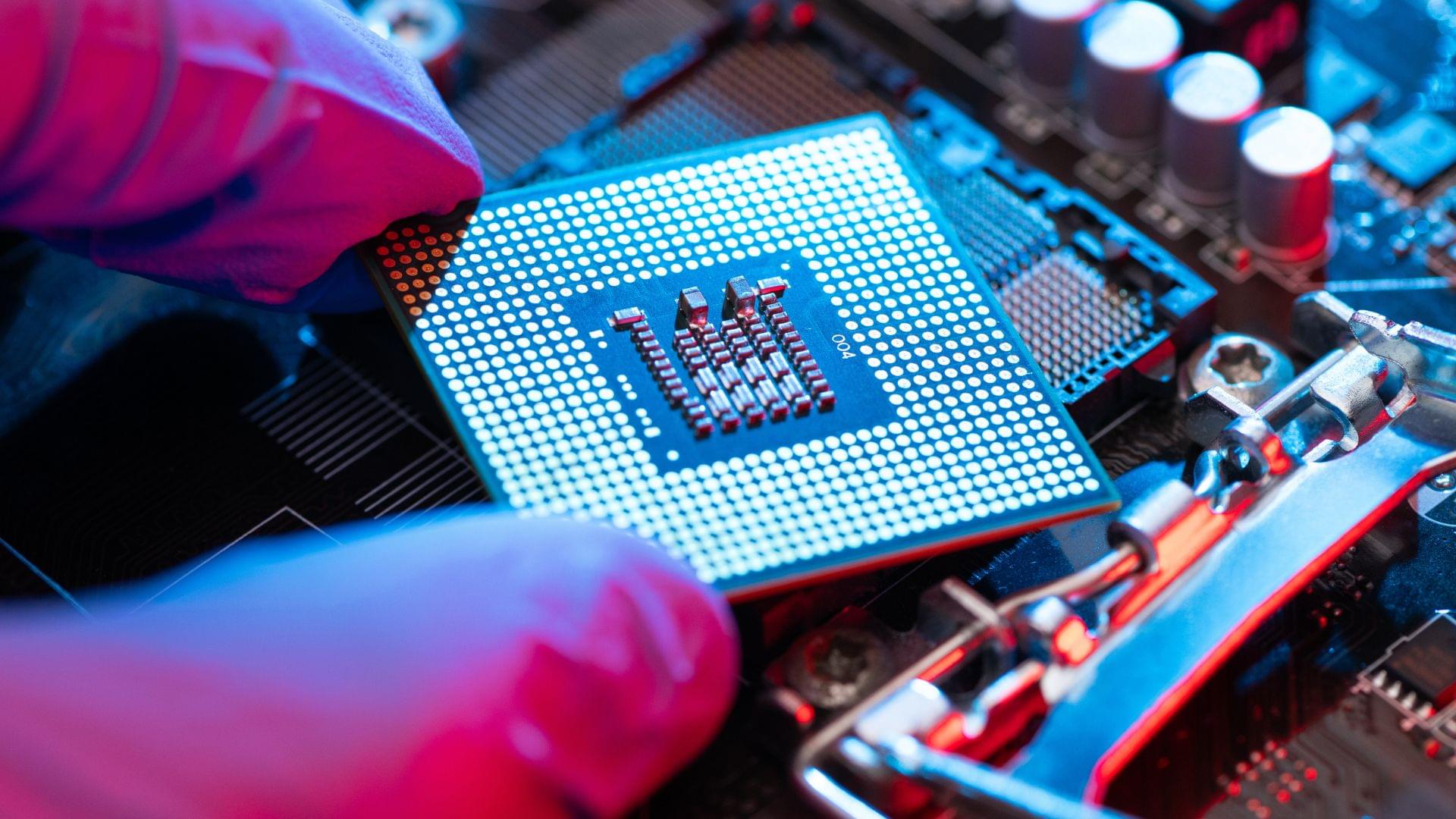Aging infrastructure, soaring electricity demand, renewable integration, and climate risks are driving the largest US grid modernization effort in history.
Get the latest international news and world events from around the world.

Boom-free supersonic jet aims for New York–Paris in less than 4 hours
Boston-based aerospace manufacturer Spike Aerospace says it has reached a new stage in developing its flagship supersonic business jet, the Spike S-512 Diplomat, which the company claims will offer fast, quiet, and fuel-efficient travel over land and water.
The Massachusetts-based aerospace firm announced Wednesday that it is completing an advanced design study to refine the S-512’s aerodynamics, cabin configuration, and low-boom capabilities.

AI chip shipments from US had secret location trackers: Report
US hid location trackers in AI chip shipments to spot diversions to China: Report.
Some chip shipments delivered from the United States to other locations had tracking devices, according to a report.
People familiar with the matter told a UK-based news agency that the location tracking devices were placed in shipments at high risk of illegal diversion to China.
The step reportedly aimed to restrict AI chip exports to destinations under the US administration’s curbs.

New AI method accelerates plasma heat defense in reactors
New AI method speeds up calculations to protect fusion reactors from plasma heat.
Scientists in the US have introduced a novel artificial intelligence (AI) approach that can protect fusion reactors from the extreme heat generated by plasma.
The new method, which is called HEAT-ML, was developed by researchers from Commonwealth Fusion Systems (CFS), the US Department of Energy’s (DOE) Princeton Plasma Physics Laboratory (PPPL), and Oak Ridge National Laboratory.
It is reportedly capable of quickly identifying magnetic shadows, which are critical areas protected from the intense heat of the plasma, and therefore help prevent potential problems before they start.


10x increase in atom array size boosts China’s quantum leap
Chinese researchers unveil 10x larger atom array for next-gen quantum processors.
Scientists in China have achieved a significant breakthrough in advancing quantum physics.
A team of researchers has developed the largest array of atoms for quantum computing.
The key component for a quantum computer is reportedly capable of creating arrays 10 times larger than previous systems.
Woman regains speech 18 years after stroke with brain implant
AI-powered brain implant restores speech in paralysis patient after 18 years.
UC Berkeley and UCSF use AI-driven brain-computer interface to restore near real-time speech in paralysis patient.

